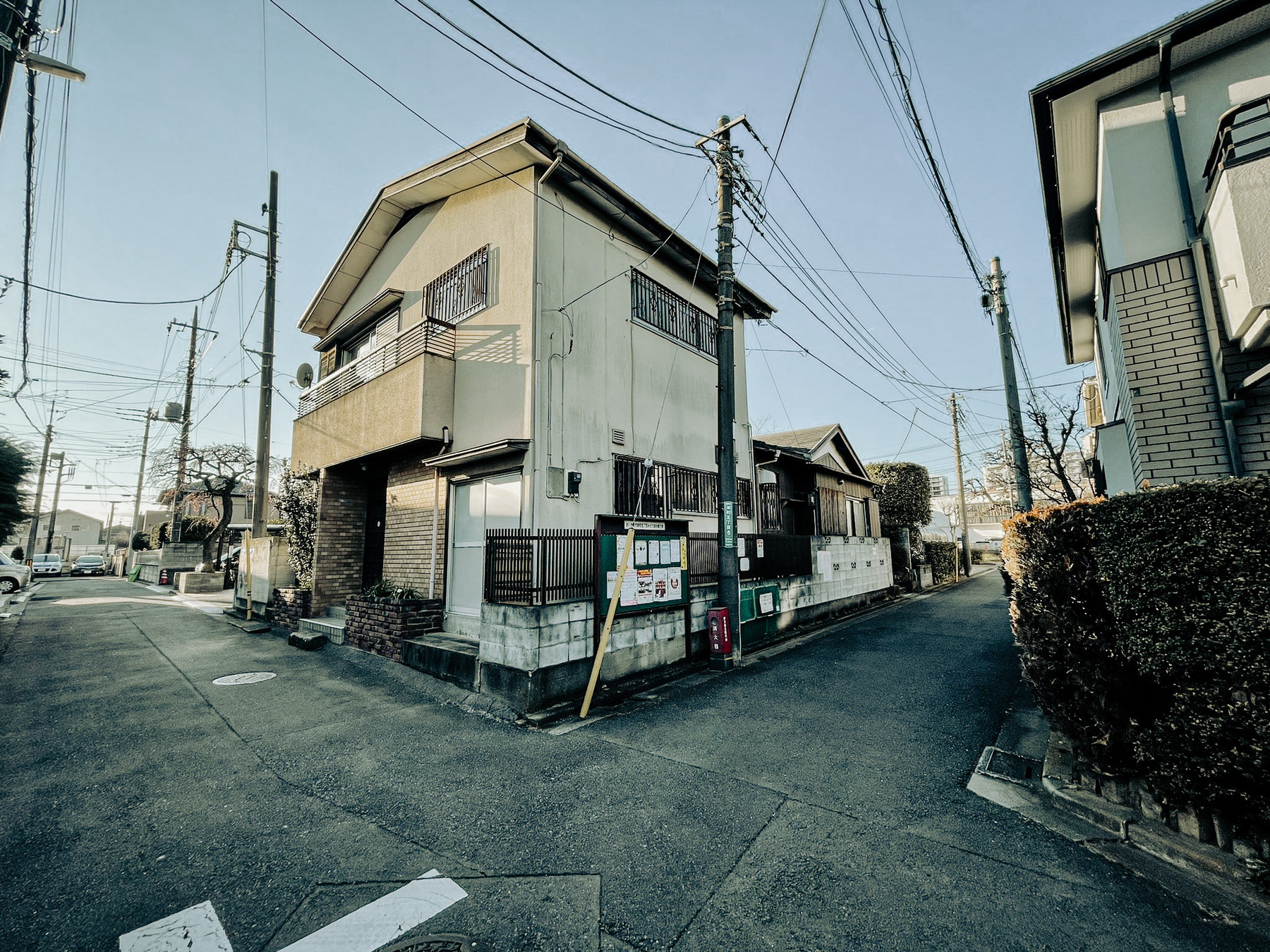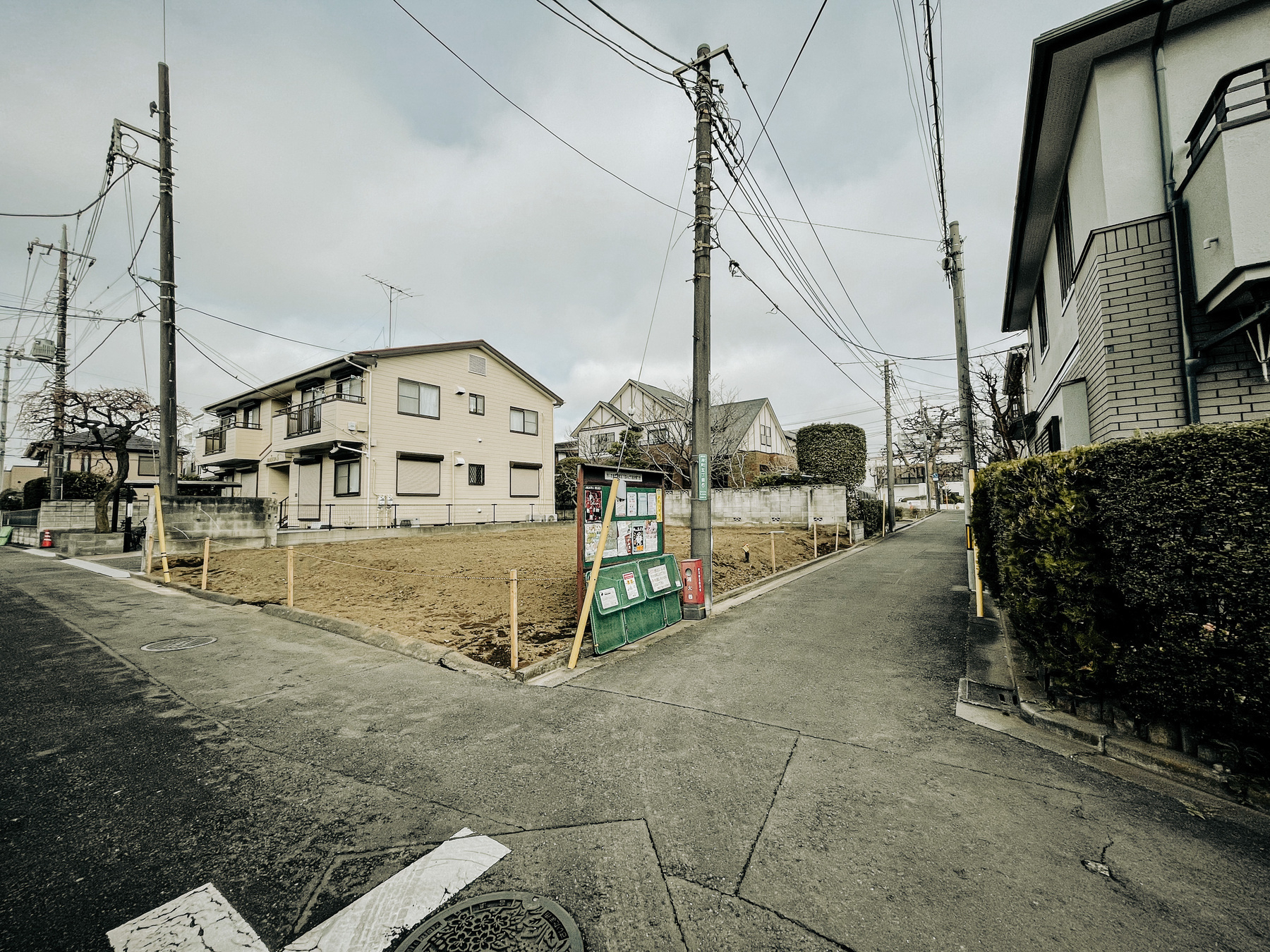Convergence Factor: Micro
Convergence Factor: Micro
Somewhere in Japan, Dispatch № 111: Local Evolution

In a recent ranking1 of the most popular places to live in the Tokyo area, only two of the top five are actually in Tokyo itself. One is in Kanagawa, to the south, and two are on the north side in Saitama City. One of those is Urawa, where I live, and while I certainly understand its popularity, it comes at a cost.
As demand for housing continues to rise, more and more houses and other buildings are being razed and the land redeveloped. The speed with which this is happening is accelerating. Urawa is already markedly different from when I moved here four and a half years ago. Tall residential buildings have sprung up all over, towering over neighborhoods that were previously only normal single-family houses and low-rise apartments.
What’s more, when houses are torn down, the trend now is to put up four or five new houses where only one stood before. Tall and narrow, they have a small footprint and a half-sized ground floor, owing to a parking spot under the house. They have hardly any space between them, occupying their plots almost completely.
It’s not that apartment towers and densely packed houses are inherently bad. They serve a purpose, and they wouldn’t be going up at such a high rate if there weren’t a strong demand for them (though much of that apparent demand may stem from the fact that builders find them to be a good source of profit). The difficulty is that, as these changes occur, they fundamentally alter the character of the area. And it’s not just because of of increased population density or the related additional strain put on municipal services.
No, it’s things like trees, and that they’re disappearing rapidly with new construction. When people have gardens, they often have trees. But when you’re in a condo or one of these narrow houses, potted plants are about the best you can do. Regardless of other changes, due to new construction alone, there are noticeably fewer trees in much of the city now than there were just three or four years ago. This is just one example, and not one I take lightly, given the importance of trees in urban areas.

Another example is the loss of more interesting styles of residential architecture indicative of times past. Houses only tend to last around thirty years here, anyway, so losing them isn’t entirely new. What is fairly new to the area, though, is that the new houses are largely of a consistent, extraordinarily dull style, with small windows and neutral-color cladding that’s meant to resemble tile. Some companies have a bad reputation, too, of building such houses hastily and poorly on spec, then using high-pressure sales methods to get them sold to people who might be better served by other options.
But I get it—people want houses of their own. I just wish it wasn’t taking the form of what amounts to disposable houses built in a style that I suspect few of their occupants would choose of their own accord, were other good options readily available.
And I know that most people moving to Saitama City aren’t coming because of the local charm (though they may certainly like the place). They’re coming because it’s an easy commute into Tokyo, the schools are good, the area has everything you need, and buying a condo or building a house is more accessible here than it is in much of Tokyo.
Relatively speaking, at least. It’s still not remotely cheap, and housing is getting more expensive all the time around here, for buyers and renters alike. It just happens to be a bit less ridiculous than other places. Property values, especially within a fifteen-minute walk of the station, are climbing to eye-watering levels.
I live about twelve minutes from the station, and I can think of at least a dozen nearby houses and other structures that have been demolished within the last few months. Most recently, the house of the elderly couple just across the street.
Which is precisely why I’m starting to worry about the future of my own home. Our landlords are old, as is our apartment, and it wouldn’t surprise me in the least if they were to sell the property to a developer. This would force us to find somewhere else to live, and with the way rents are increasing, it wouldn’t be an easy task if we wanted to remain in the same area. Not without paying significantly more, at least.
Though I dislike much of what’s happening to this place I love, it’s not all bad, and I’m trying to keep some of the benefits in mind. With all the new people joining the local community, for example, who knows what interesting individuals I might meet. Potential friends, clients, students, and others. A thriving local community also means greater opportunity for business success. The local economy is growing steadily, and there is ample opportunity to profit from it. My ticket out of teaching English may even come as a direct result of being where I happen to be and engaging with the people and their needs.
Still, I can’t feel good about some of the ways things are changing. I’m glad people want to live here—I think it’s a great place to be. I just hope we don’t lose too much of what has made this city such an enjoyable place to live. It’s not just a bedroom community, some unexceptional appendage of Tokyo filled with commuters and their families. No, it’s a place with great value of its own. Change is inevitable, of course, I just hope that whatever it’s evolving into is, overall, a better version of itself. Time will tell.
Somewhere in Japan's main home on the web is at somewherein.jp, where you can also sign up to receive these posts by email.
And if you like what I’m doing, please consider directly supporting this project for as little as $3/mo on Patreon. The upcoming podcast version of Somewhere in Japan will be available to patrons before the general public, too. Click here to learn more.
Joining the Patreon also gets you 30% off all prints in my print shop, where I’m currently adding a new print every day. Check it out here!